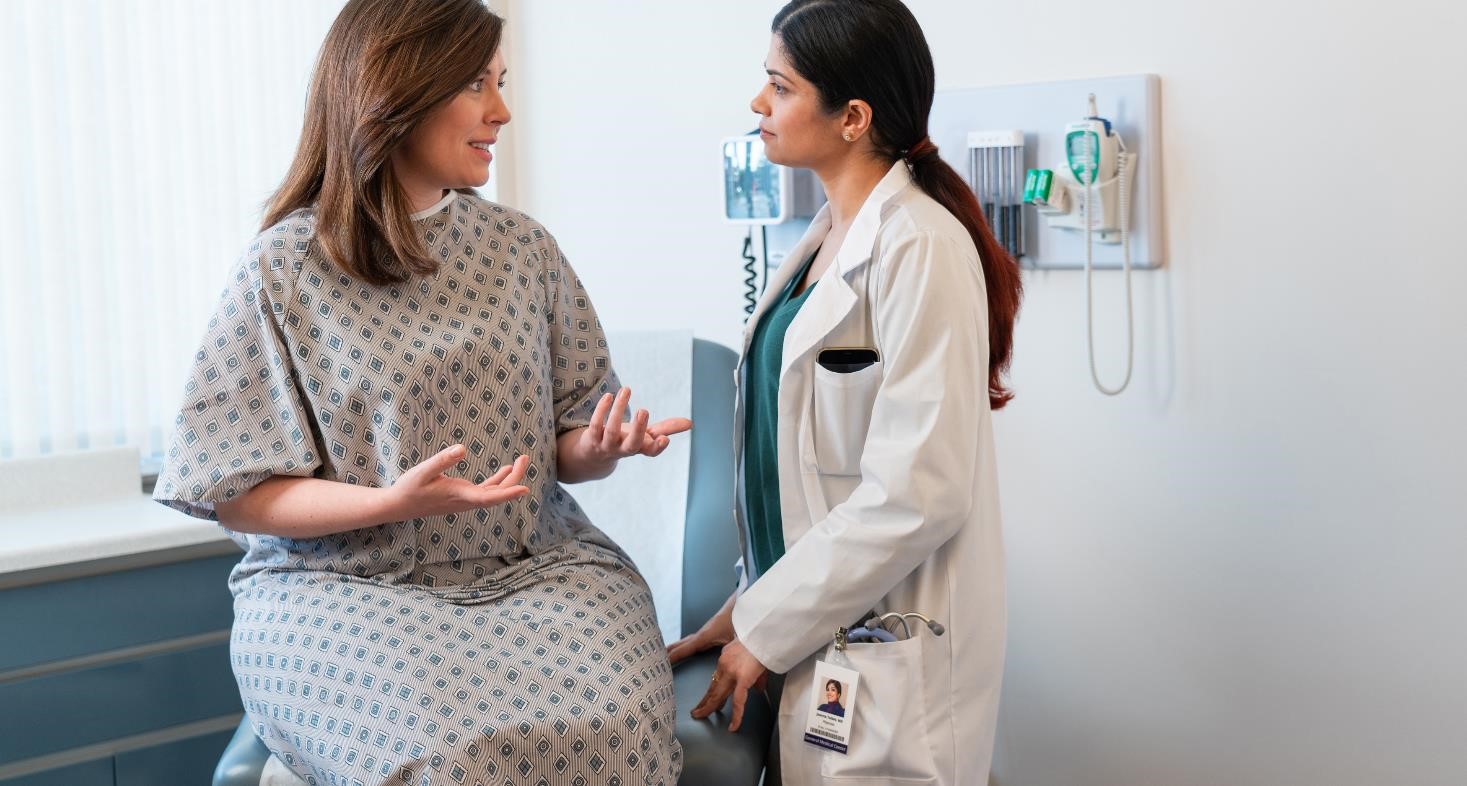In a busy ambulatory care practice, just a few minutes saved per patient on an everyday task like clinical documentation could be revolutionary for practice efficiency, profitability, and the care delivered. Read why it’s time to challenge the status quo of documentation processes, and how speech recognition can help clinicians do just that.
When you stop and consider the work processes you follow every day at your practice—the tools you use, the tasks you do, and the way you do them—do you notice areas where they could be improved? There are always opportunities to optimize a process, whether through something major like switching to new software, or something as minor as swapping the order of a few tasks.
But when a process works well enough to get you through your working day, targeting improvements can often end up at the bottom of the priority list. This is especially true in busy ambulatory care practices, where clinicians and practice managers are focused on balancing patient care with productivity, quality, costs, and other operational concerns.
Let’s take documentation as an example. Every clinician has their own established workflow for completing clinical documentation. Some type directly into an EHR during the encounter, while others hand write notes to type up between appointments. Those who prefer dictating might pass their recordings on to another team member to transcribe or outsource to a dedicated medical transcriptionist.
However you approach documentation, it forms a significant portion of the daily clinician workload. Ambulatory care clinicians we’ve interviewed report spending more than five hours a day documenting before, during, and after consultations. A study of over 155,000 US clinicians found that they spend more than 16 minutes per encounter, with a third of that time spent on chart review alone. With this burden directly contributing to rising burnout and limiting the time clinicians have for patients, we must rethink the status quo.
Clinical documentation improvement through speech recognition
Note-taking and documenting are essential, but the process doesn’t need to be time-consuming or inconvenient—and it shouldn’t get in the way of more important parts of a clinician’s job.
Medical speech recognition takes the hassle out of clinical documentation, saving healthcare professionals hours every day and enabling them to refocus on patient care and their own wellbeing. What’s more, improving clinical documentation is one of the most effective ways to influence other priorities in your practice. Ambulatory care practices that adopt speech recognition can reduce costs, improve quality, increase the capacity for seeing patients, and maximize the value of other systems, such as the EHR.
That’s because the right medical speech recognition solution is more than a basic tool that replaces typing. It can streamline your workflow to boost efficiency and accuracy and help you reclaim time at every step of the documentation process. Dragon Medical One is a conversational AI workflow assistant and documentation companion that provides secure, convenient, and comprehensive clinical documentation support, from pre-charting through post-encounter. More advanced than ever, Dragon Medical One is purpose-built for boosting efficiency in healthcare settings and can revolutionize the way your practice handles documentation; it’s the ideal answer to the inefficiencies of the status quo.
Speech recognition is more cost-effective and practical than ever before
There are two main concerns that clinicians and practice managers mention time and time again: cost and practicality. Of course, without the right solution and support, making a significant change to clinical processes can be expensive and complex, and many clinicians have experimented with less accurate, more complicated speech recognition tools in the past. However, switching to Dragon Medical One from typing, handwriting, or dictating with transcription is far more cost-effective than you might expect—and significantly less disruptive.
Dragon Medical One offers budget-friendly monthly payment models that pays for itself by giving you time to see one additional patient per week, and delivers high value for a small, predictable price with no voice training required. It provides intuitive new ways of working and up to 99% accuracy from first use, allowing you to implement speech recognition without hours of learning how it works or countless exercises that train the tool to understand you. In as little as fifteen minutes, you could be dictating notes directly into your EHR.
Our advancements in medical speech recognition technology are reflected in its accuracy, speed, and flexibility. Using Dragon is more than three times faster than typing, with automatic accent detection to ensure everyone gets the same high-quality experience. Integrated with more than 200 EHRs, Dragon slots right into your existing workflows, augmenting your EHR and simplifying your everyday admin tasks.
Using Dragon Medical One, you can reclaim up to two hours in your working day, which can make the difference between finishing your notes within your scheduled hours or taking them home to complete. Whether you use speech recognition during a consultation or between appointments, just a few minutes shaved off each encounter can mean you can fit another patient or two into your schedule. That boosts your productivity, helps patients get their concerns addressed faster, and makes your practice more profitable.
Understanding the clinical documentation challenges in ambulatory care
To understand ambulatory care practices’ needs, concerns, and priorities in more depth, we interviewed clinicians from independent practices around the country. This article is the first in our series diving into the top themes that came out of those conversations—from finding ways to be more efficient in a small clinic to ensuring the patient is prioritized in every interaction. Look out for the next installments, where we’ll be exploring how speech recognition-related technology can help ambulatory practices balance efficiency, clinician satisfaction, patient care, and more.







